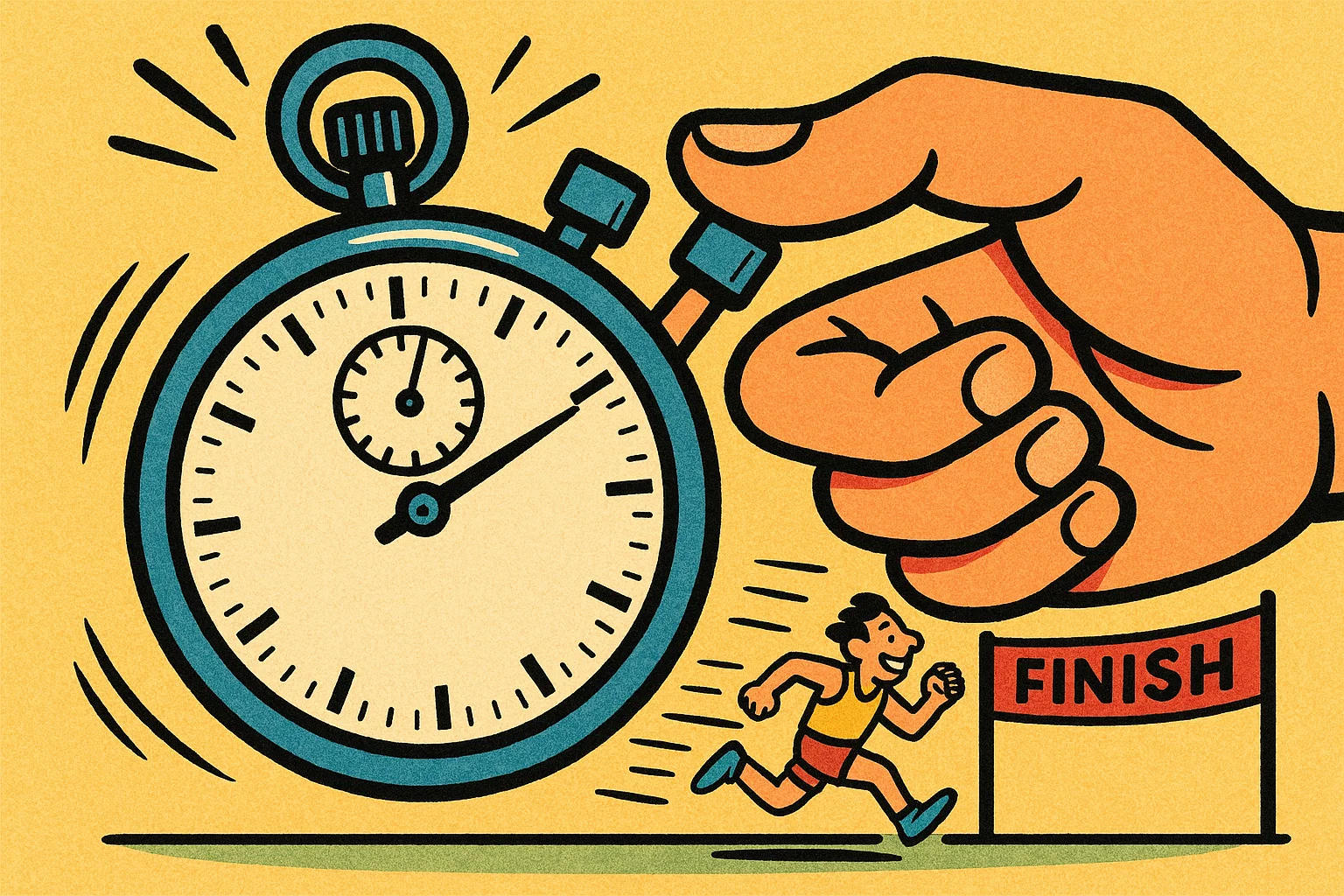Timing has always been part of human life. From the moment we wake up to the minute we fall asleep, the rhythm of hours, minutes, and seconds shapes what we do. But when you need to be precise—whether it’s finishing a recipe, running a race, or conducting an experiment—guesswork isn’t enough. That’s where a stopwatch becomes more than just a gadget: it’s a tool that keeps every second accountable.
Think about the kitchen, where a few seconds can mean the difference between a perfectly boiled egg and one that’s overcooked. Or the gym, where interval training depends on exact timing for rest and effort. And of course, in competitions like track and swimming, a stopwatch can decide who takes home the gold.
⏱️ Explore more practical helpers in our Others
What Is a Stopwatch?
A stopwatch is a device built to measure short periods of time with high precision. Unlike a regular clock, which tracks continuous time of day, or a timer, which counts down from a set number, a stopwatch starts at zero and records exactly how long something takes.
Its mechanics are simple but effective: you press start to begin, stop to pause the count, and reset to bring it back to zero. That basic trio of functions—start, stop, reset—hasn’t changed for more than a century, even as technology has.
Traditional analog stopwatches used gears and springs to move the hands, much like a pocket watch. Today’s digital stopwatches can measure milliseconds, store multiple lap times, and often come as apps on phones or built into fitness trackers. Despite the shift, the purpose remains the same: capture every second with accuracy.
⌚ Fun fact: The very first mechanical stopwatch was invented in 1869 by Samuel Watson, originally designed to time horse racing¹.

Racing, Records, and the Birth of Modern Stopwatches
In the 19th century, horse racing wasn’t just a sport—it was a booming industry. Wealthy patrons and bookmakers demanded accurate timing to settle bets and recognize true champions. Ordinary pocket watches weren’t precise enough, so inventors began experimenting with specialized devices designed to measure short intervals down to fractions of a second².
One breakthrough came when watchmakers refined mechanical stopwatches that could start and stop instantly with a button press. Soon, they became essential not only for horse racing but also for track events, rowing regattas, and cycling competitions. By the late 1800s, professional sports were inseparable from stopwatch technology.
As the decades rolled on, stopwatches evolved again—miniaturized into pocket devices, then integrated into wristwatches, and eventually digitized in the 20th century. By the time electronic sports timing appeared, the stopwatch had already proven itself as a cornerstone of competitive fairness.
🏇 Did you know? Some of the earliest stopwatch users were bookmakers at horse tracks, who relied on timing devices to prevent disputes and ensure trust in betting outcomes³.
The stopwatch’s journey from racetracks to labs and Olympic stadiums shows how timing shaped not only sports, but also industries where precision could make or break reputations.
¹ History of Timekeeping Devices – British Horological Institute
² Horology and Sporting Accuracy – Oxford University Press
³ The Evolution of Sports Timing – International Society of Sports History

